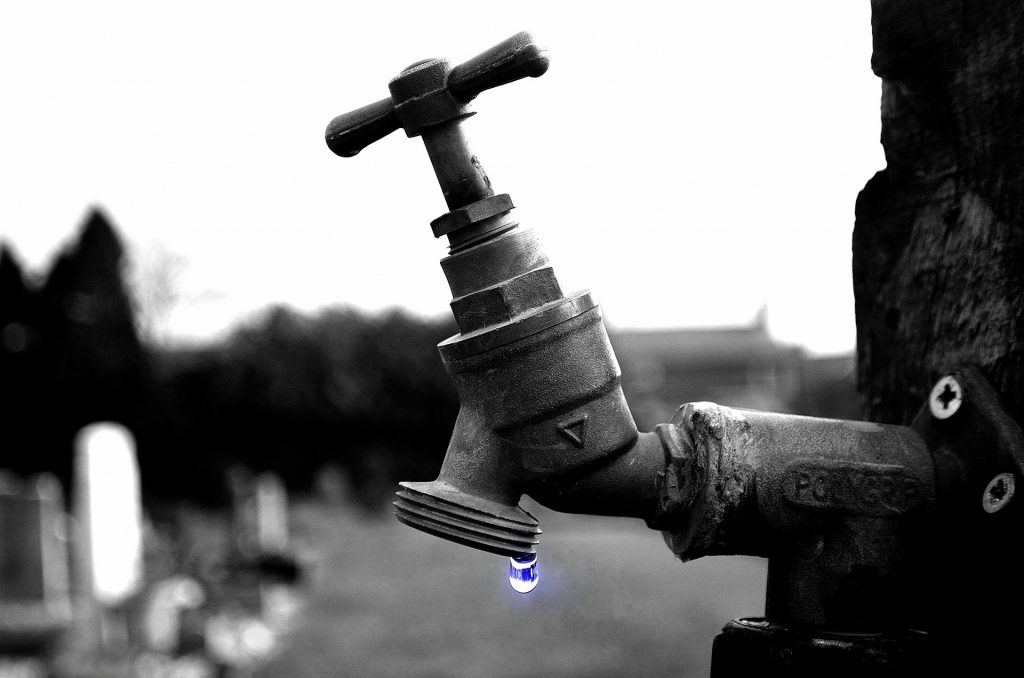DRIP is an acronym for Dividend Reinvestment Plan, and in this guide, we are going to break down and take a look at what it means, why you should consider it, and what some of the pros and cons of DRIP investing are.
If you’re already familiar with investing, you’ll know that dividends are paid out on the shares you own in a publicly-traded company. This is your slice of the pie or your share of the profits in the company you hold stock in.
While some people take their dividends every quarter and spend them, reinvesting them can be extremely profitable over the long run.
According to the DRIP model of investing you will reinvest those quarterly dividend payments into the company, provided it offers a share purchase plan (SPP), rather than taking them. These are usually automatic in nature, meaning once you set them up they run themselves.
There are pros and cons to DRIP Investing, of course. Let’s take a look at some of those now.

Note: There are two kinds of DRIPs, synthetic and traditional. A synthetic plan is set up and run by your broker, while a traditional plan is run by the company itself. Naturally, synthetic plans will almost always be more expensive in terms of fees and charges.
Pros of DRIP Investing
You Can Start Small & Invest Long Term – DRIPs are definitely better for long-term investment plans like college savings funds or retirement funds. They utilize the power compounding and allow you to acquire more shares of a company through small investment amounts over time. You won’t need much to get started, either. One share will usually be enough.
It’s Automatic – Once a DRIP is set up it will be run by either the company or your broker, depending on what you have chosen. This means you don’t have to think about it, and even if you are an undisciplined investor, a DRIP will take care of itself and grow automatically.
Low/Zero Fees – DRIPs are usually either fee-free or very low-cost. This can only be a good thing since fees are enemy number one of an investor’s profits. There will usually be a one-time setup fee with most DRIPs, which could be as low as $10 or as high as $400.
Discounts – It isn’t the case with every plan, but loyalty to a company can be rewarded in the form of buying discounts. This gives you a chance to score extra value below market price.
Cons of DRIP Investing
Lots of Mail – Once you buy shares in a company, you will get monthly, quarterly, and annual earnings reports, as well as alerts and news from the company, as well as annual reports, etc. If you have more than one DRIP on the go, this can be a lot to keep up with.
Complex Setup – Buying a single share in a company is enough to get started on a DRIP plan, but usually when you buy through a broker that share will be held in their name. You will need to get a share certificate in your name to be able to get started on a DRIP.
Not Diversified – We’ve all heard the old phrase ‘Don’t put all your eggs in one basket’. With a DRIP, you are increasingly exposed to the fortunes of the company you hold the stock in. You could, of course, have more than one DRIP set up to help counter this.
Temporarily Reduces Income – If you look forward to and enjoy your quarterly dividend payments then you will have to accept that a DRIP will reduce those until the plan has reached its conclusion and you’re ready to take profits.
Summary
DRIPs aren’t for everyone, but if you have time and patience, and are willing to let compound interest work its magic, you can make DRIPs work for you and they can lead to substantial returns long-term.
So, now you know what they are, and what some of the advantages and disadvantages are. The only question left to answer is – are DRIPs right for you?
Investing Archives - Debt Discipline. (2017-01-29 03:37:09). debtdiscipline.com
